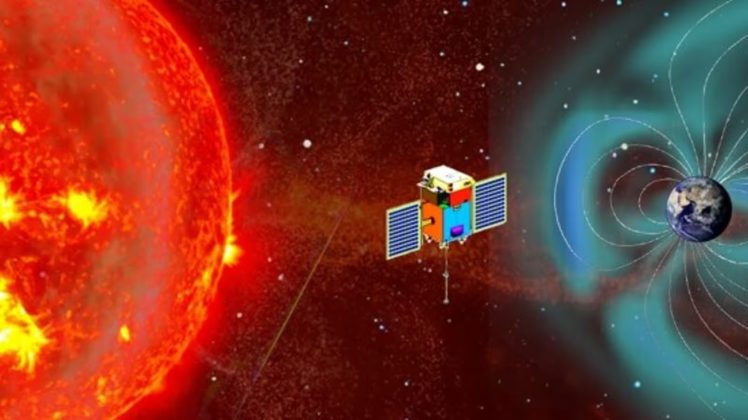The Indian Space Research Organisation (ISRO) is ready to launch India’s first-ever Sun mission today, September 2. This mission, named Aditya-L1, has the objective of investigating the potential of the sun.
Here are five key facts to understand regarding ISRO’s Solar Mission, Aditya-L1.
1.Aditya L1: Exploring the Sun’s Secrets on a 125-Day Journey
Aditya L1 is a satellite mission dedicated to the study of the Sun, and it will be transported by ISRO’s PSLV C57 on a 125-day journey towards the Sun. The Polar Satellite Launch Vehicle (PSLV) is a launch vehicle developed and managed by ISRO for this purpose. Aditya-L1 will not make direct contact with the Sun or venture any closer to it; instead, its mission is focused on investigating the Sun’s outer atmosphere.
2.Aditya-L1’s Mission Destination: Lagrange Point 1 (L1) in the Sun-Earth System
In the name “Aditya-L1,” the term “L1” signifies its designated location, specifically Lagrange Point 1 (L1), situated within the Sun-Earth system. These Lagrange Points denote unique positions where the gravitational forces of two celestial bodies, namely the Sun and Earth, are perfectly balanced. Within the space region that lies between Earth and the Sun, a total of five such Lagrange Points exist. Aditya L1’s mission revolves around the precise positioning of the satellite at Lagrange Point 1 (L1) to carry out its research objectives.
3.Aditya-L1’s Post-Launch Plans: Earth-Bound Orbits and Velocity Acquisition
After its launch on September 2, 2023, from Sriharikota in Andhra Pradesh, Aditya-L1 will spend 16 days in Earth-bound orbits. During this timeframe, the satellite will undergo a sequence of five maneuvers meticulously designed to achieve the necessary velocity for its forthcoming mission.
4.Aditya-L1’s Arsenal of Domestic Payloads for Sun Exploration
Aditya-L1 boasts seven distinctive payloads, all of which are domestically developed. These payloads are tailor-made for observing different facets of the Sun, encompassing the photosphere, chromosphere, and the outermost layers referred to as the corona. They will employ electromagnetic and particle detectors to accomplish this.
5.Crucial Insights Awaited: Aditya-L1’s Payloads Aim to Unravel Solar Mysteries
The array of payloads aboard Aditya-L1 is poised to provide essential data crucial for unraveling various solar phenomena. These include enigmatic aspects such as coronal heating, Coronal Mass Ejections (CMEs), pre-flare and flare activities, their unique characteristics, and the dynamics of space weather, among other phenomena.





 States and Capitals - How Many States in...
States and Capitals - How Many States in...
 List of Countries Starting with the Lett...
List of Countries Starting with the Lett...
 Top-10 Tax Free Countries in the World i...
Top-10 Tax Free Countries in the World i...

